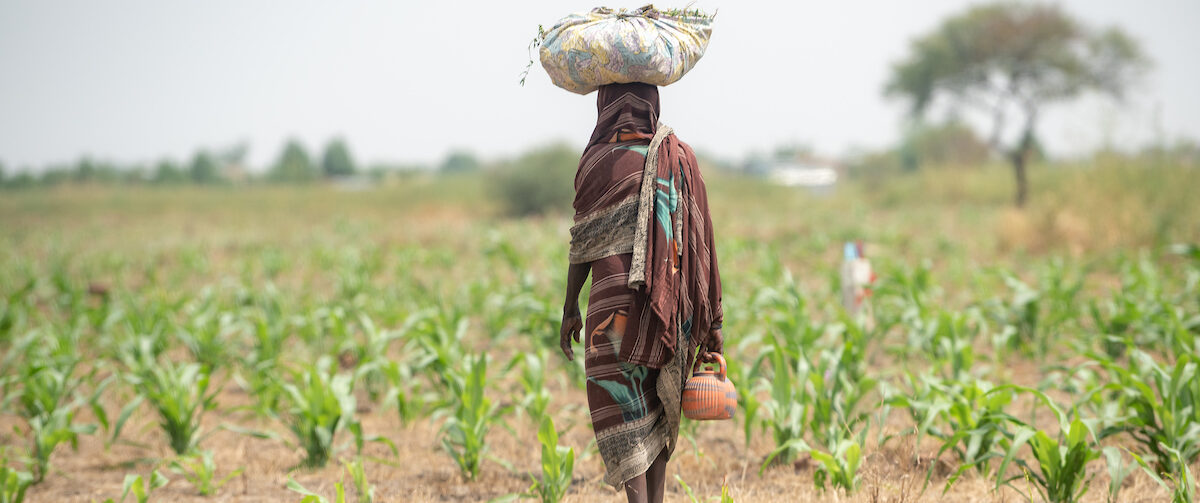How did households in Chad cope with covariate shocks between 2018 and 2023? Exploration of a unique dataset
Auteurs
Citation
Marivoet, Wim; and Hema, Aboubacar. 2024.How did households in Chad cope with covariate shocks between 2018 and 2023? Exploration of a unique dataset. Fragility, Conflict, and Migration Initiative Report. CGIAR.
Abstract/Description
The objective of this analysis is to gain more insight into the coping behavior of households in Chad when facing covariate shocks and stressors of different kinds. To achieve this, we rely on a unique dataset, which consists of eleven waves of cross-sectional household data combined with an extensive list of shock indicators compiled from external sources. Apart from a detailed profiling of both dimensions, this analysis relies on a data mining algorithm to uncover interesting associations between covariate shocks and coping strategies. Among the main findings of this study is the pronounced diversity in shock and coping profiles observed across time and place, which in turn complicates any straightforward identification of common and consistent patterns in household coping behavior. This said, political violence has increased until 2022 and then fell back; food prices hiked in 2022 and 2023; rainy seasons were underperforming in 2021 and 2023; extreme weather events reached a peak in 2022; while four departments in 2023 suffered from four distinct shock domains at the same time. While coping prevalence and coping intensity are roughly aligned over time, they are only weakly correlated in geographical terms in 2023. Further, the biggest change in people’s coping behavior involves keeping children from school when confronted with severe political violence coupled with severe climate change and light seasonal performance shocks – while many distinct combinations apply for different subpopulations. Finally, this analysis also very much reveals the need for additional research on the same integrated and enhanced dataset.
Find out more here: cgspace.cgiar.org



